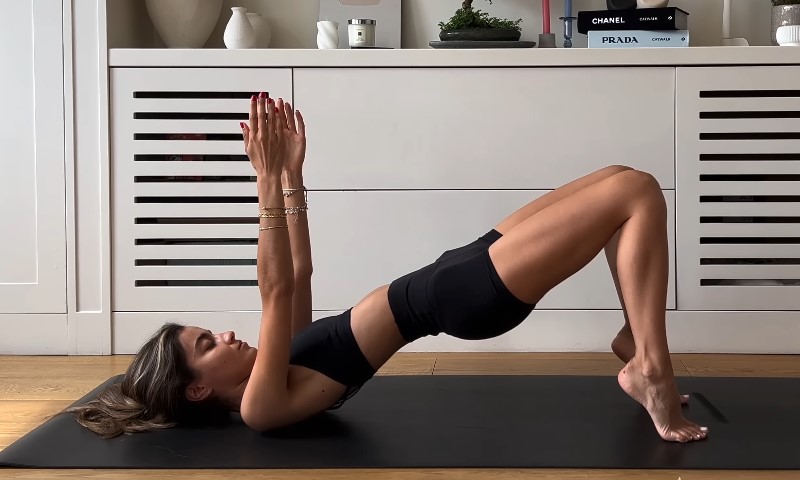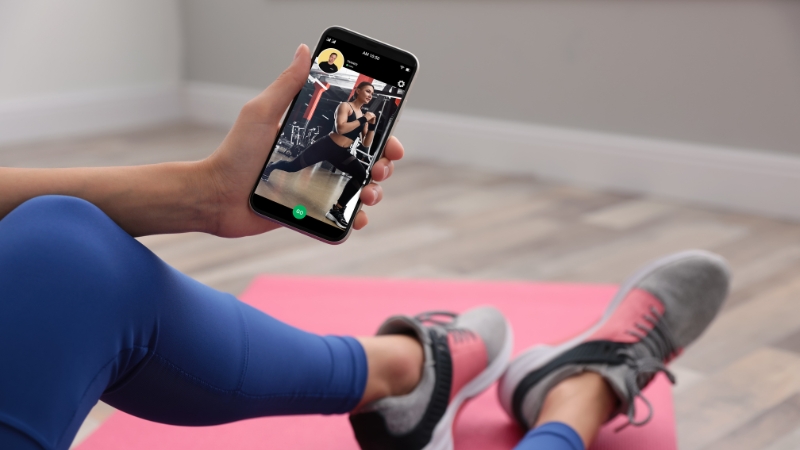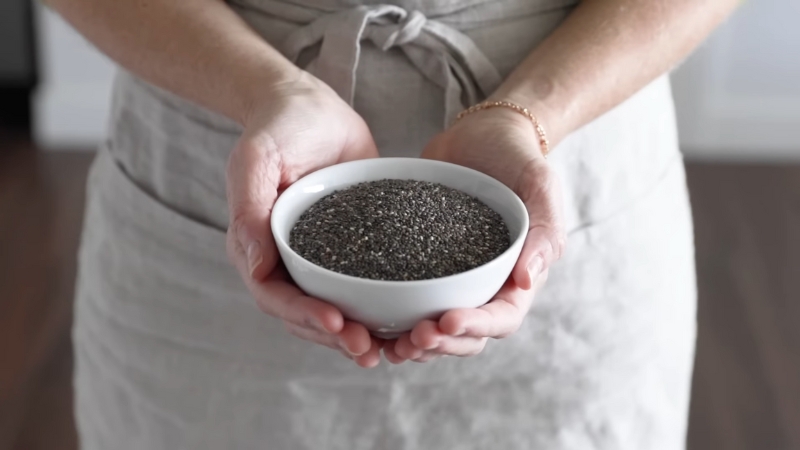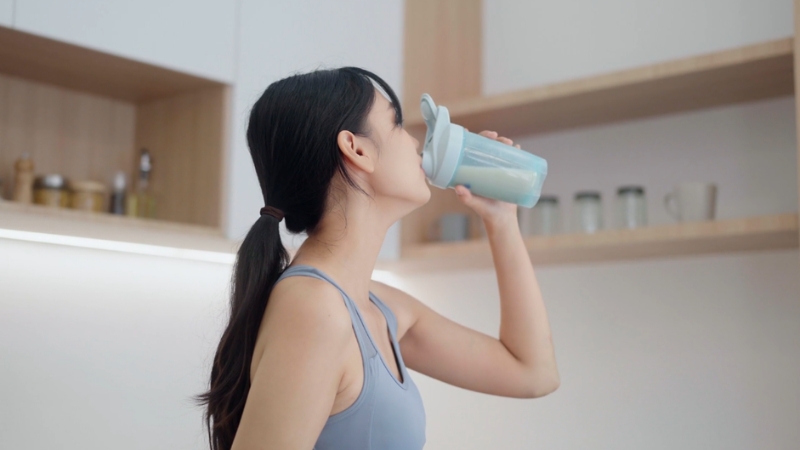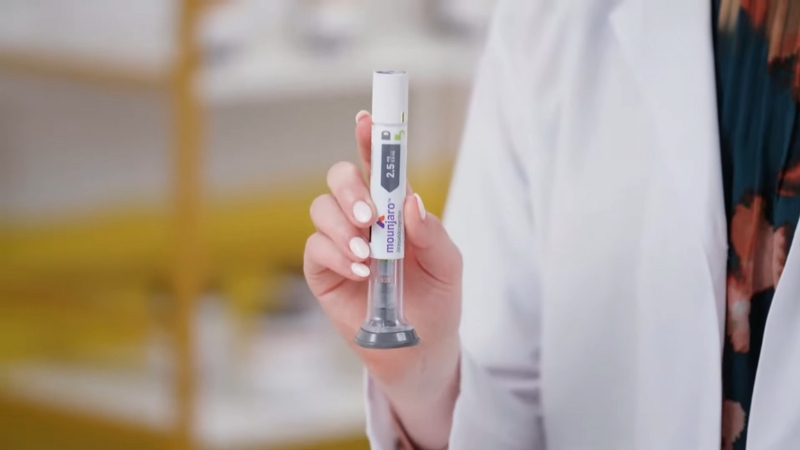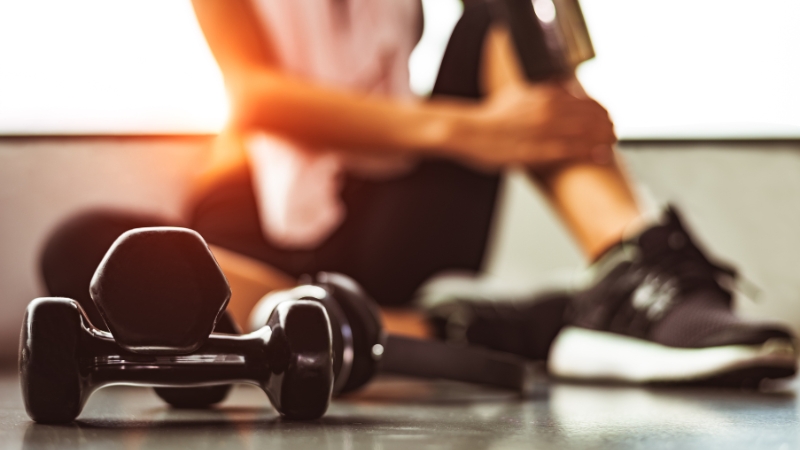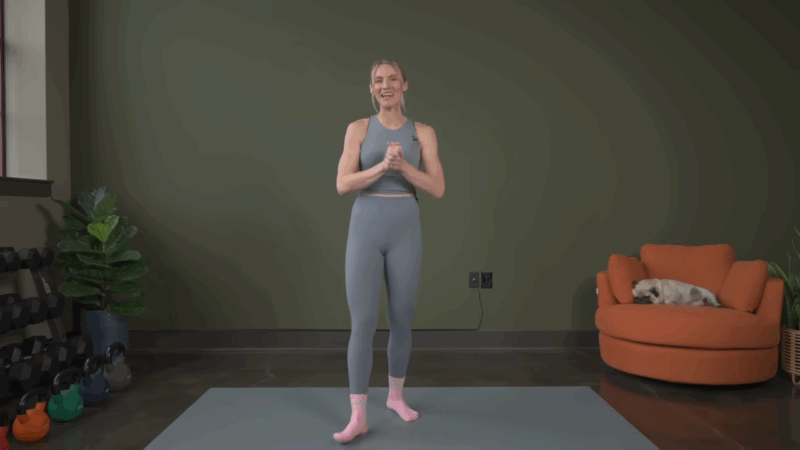
Share Post:
Recovery does not happen by accident. Your muscles need care, and your body needs fuel. An effective post-workout plan guides you toward consistent strength gains, fewer injuries, and higher performance.
Many gym-goers struggle with fatigue, soreness, or slow results. Recovery holds the solution. Each workout places stress on the body. Without a plan, that stress lingers. With the right tools, muscles rebuild stronger, faster, and healthier.
Every choice after a workout shapes the next one. Fueling right, sleeping well, and using gym resources like foam rollers or saunas can all support that next step forward. For example, many gym chains such as Planet Fitness offer tools like recovery rooms or saunas that make a big difference in how your body responds post-exercise.
No matter the goal—muscle growth, endurance, or general wellness—recovery must stay at the center of the routine. Each part of the process holds value. When combined correctly, results become more predictable, and your risk of setbacks drops.
Replenish Electrolytes for Stronger Recovery

Minerals lost through sweat must return to the body. Electrolytes keep the nervous system balanced, regulate muscle function, and prevent cramps. Without them, dehydration sets in fast, soreness increases, and performance drops.
Each electrolyte plays a unique role. Sodium maintains fluid levels. Potassium prevents spasms. Magnesium reduces fatigue. Calcium fuels contraction. Replenishing these nutrients restores balance and supports faster healing between workouts.
Best Natural Sources of Electrolytes
- Bananas support potassium levels and ease muscle fatigue.
- Leafy greens provide magnesium, calcium, and potassium in one source.
- Coconut water contains sodium, potassium, and a mild carbohydrate boost.
- Avocados add healthy fat along with key electrolytes.
- Salted nuts help recover sodium loss in high-sweat sessions.
Whole foods give better results than processed drinks. No extra sugar. No chemical additives. Just minerals in their most useful forms.
When to Replenish Electrolytes
Timing affects how well your body absorbs nutrients. The best window falls within 30 to 60 minutes after finishing your workout. That period allows for quicker mineral absorption, hydration restoration, and improved muscle repair.
On high-intensity days, add an electrolyte-rich snack or drink right after leaving the gym. On light days, focus on steady mineral intake through meals.
Prioritize Protein After Every Workout
Muscles rebuild through protein. Without it, tissue breaks down, strength gains stall, and recovery slows. After exercise, muscle fibers experience microscopic tears. Protein delivers the amino acids needed to repair and reinforce those fibers. That process builds strength and boosts endurance.
The right amount matters. Studies show that larger post-workout protein doses trigger a stronger anabolic response. That means more muscle growth and better recovery over a longer period.
How Much Protein Is Enough
A target of 15 to 25 grams post-exercise works for most people. However, recent findings support higher doses.
One study compared a 25-gram dose with a 100-gram dose. Results showed that the larger intake extended protein synthesis for over twelve hours and improved net protein balance.
That means more recovery, more strength, and better muscle preservation.
For advanced training or longer sessions, aim for 30 to 40 grams split between a shake and a whole-food meal. For light workouts, smaller doses still help but may not produce the same level of results.
Best Protein Sources for Recovery
- Whey protein digests quickly and supports immediate repair.
- Eggs provide full amino acid profiles.
- Chicken and turkey offer lean protein without excess fat.
- Greek yogurt combines protein with probiotics for gut support.
- Tofu and legumes support recovery for plant-based diets.
Use Stretching and Mobility to Protect Your Joints
Flexibility does not come naturally after exercise. Muscles tighten. Joints stiffen. Without mobility work, range of motion decreases and injury risk rises. Stretching helps restore balance, loosen tight tissues, and deliver fresh blood to sore zones. That blood flow moves nutrients where they are needed most.
Stretching is not only about comfort. It prevents muscle strain, maintains posture, and boosts circulation. However, timing affects results. Some stretches improve recovery. Others may lower performance if done at the wrong time.
What to Stretch After a Workout
Target the muscles worked during your session. Keep each stretch slow and controlled. Avoid bouncing or quick pulls. Hold each position for at least 30 seconds to allow the tissue to release.
Key areas to focus:
- Hamstrings and calves
- Hip flexors and glutes
- Chest and shoulders
- Lower back and traps
Use foam rollers to address knots or tight spots. Combine static stretches with deep breathing to speed recovery.
Apply Cold Therapy to Control Inflammation
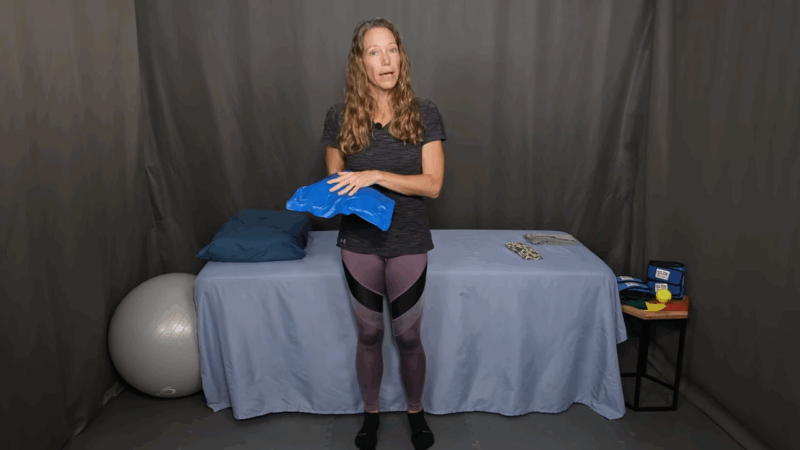
Inflammation slows recovery. After intense workouts, muscles become inflamed due to microscopic damage. Applying cold reduces swelling, tightness, and soreness.
Cold therapy constricts blood vessels. That lowers blood flow to the affected area. Once the cold is removed, vessels expand, flushing waste products out and pulling in nutrient-rich blood. That cycle speeds recovery.
Best Ways to Use Cold Therapy
- Ice baths reduce inflammation across the entire body. Ideal after full-body training.
- Cold packs work best for targeting one muscle group or joint.
- Cryotherapy chambers provide a fast, high-intensity cold burst across the body.
Apply cold therapy within 30 minutes to 2 hours after your session. Limit each exposure to 10 to 15 minutes. Use a towel or cloth barrier to protect your skin from frostbite.
Repeat every few hours if soreness continues. Do not exceed three sessions per day.
When Cold Therapy Works Best
- After high-rep strength workouts
- Following sprint intervals or HIIT
- Post-competition or event
When dealing with swelling, bruising, or extreme soreness
Choose Active Recovery Instead of Complete Rest
Active recovery keeps your body in motion without overload. It helps muscles recover without the stiffness that often follows inactivity. Instead of lying still, you engage in low-intensity movement that keeps blood flowing and nutrients moving.
After intense sessions, active recovery supports faster healing. It also reduces muscle tightness, clears lactic acid, and improves mobility.
Best Active Recovery Options
- Walking boosts circulation and joint lubrication
- Swimming offers resistance without impact
- Cycling improves lower-body circulation with controlled effort
- Yoga stretches muscles and resets the nervous system
- Elliptical sessions keep heart rate steady without impact stress
Spend 20 to 40 minutes in active recovery. Keep your heart rate low. Breathing should stay controlled. Focus on movement quality, not intensity.
Hydrate Effectively After Every Workout
Water drives every recovery process. Sweat pulls fluid out. Muscles depend on water to contract properly. Without hydration, soreness increases, strength drops, and fatigue sets in.
Rehydration restores blood volume, supports nutrient transport, and cools the body. Electrolytes work with water to stabilize nerve signals and muscle function.
How Much to Drink After a Workout
Drink 16 to 20 ounces of water within the first 30 minutes after finishing your workout. For heavy sweat or longer sessions, increase that to 24 to 32 ounces.
Continue to drink steadily for the next few hours. Thirst is not always reliable. Check your urine color—pale yellow signals proper hydration. Dark yellow signals dehydration.
When to Use Electrolyte Drinks
Choose electrolyte drinks after:
- Hot weather workouts
- High-volume strength days
- Long endurance sessions
- Any training longer than 60 minutes
Sleep Better to Rebuild Stronger Muscles
Recovery cannot happen without sleep. Deep sleep triggers hormonal repair processes. Growth hormone surges during sleep and drives tissue healing, muscle growth, and immune support.
Even one night of poor sleep delays recovery. It impairs protein synthesis, drains energy, and reduces strength.
Ideal Sleep Routine for Recovery

Create a regular sleep schedule. Go to bed and wake up at the same time every day. Avoid caffeine in the afternoon. Lower room temperature and dim lights to improve sleep quality.
Remove screens at least 60 minutes before bedtime. Blue light disrupts melatonin production and keeps the brain alert.
Tools for Better Sleep
- White noise machines block distractions
- Weighted blankets promote calmness and reduce cortisol
- Magnesium-rich foods help relax muscles
- Nighttime journaling clears mental clutter
Use Foam Rolling to Relieve Muscle Tension
Tight muscles slow progress. Foam rolling eases that tension by pressing into deep tissue layers. It improves flexibility, reduces knots, and supports blood flow.
Recovery speeds up when circulation improves. Foam rolling delivers nutrients where they are needed and flushes toxins that build during training.
How to Foam Roll Properly
Start with 5 to 10 minutes of total rolling. Focus on sore areas but avoid rolling directly over joints or bones.
Target zones:
- Calves and hamstrings
- Quadriceps and IT band
- Glutes and lower back
- Upper back and lats
Time Your Meals for Faster Gains
- Post-workout nutrition fuels your next session. The right timing improves muscle growth, reduces soreness, and restores energy.
- Muscles absorb nutrients fastest right after exercise.
- Miss that window, and you reduce the effectiveness of your training. The goal is to repair muscle tissue and refill energy stores quickly.
When to Eat After a Workout
Eat within 30 to 60 minutes after finishing your session. Include both protein and carbohydrates.
Meal guidelines:
- Protein: 20 to 30 grams
- Carbs: 30 to 50 grams
Examples include grilled chicken with rice, eggs with toast, or a protein smoothie with fruit and oats.
What to Avoid
Skip meals high in fat or fiber right after training. Those slow digestion and reduce nutrient delivery. Save heavier meals for later in the day once recovery starts.
FAQs
The Bottom Line
Recovery shapes results. Each habit—hydration, protein intake, rest, stretching, and mental reset—plays a role. Use the tools around you.
Success depends on what happens after you train. Treat recovery as part of the workout. Stay consistent, stay mindful, and results will follow. Let recovery guide the way to stronger performance.
Related Posts:
- How to Create a Fitness Recovery Plan That Works for You
- What Actually Works for Fast Recovery After a Brutal…
- How to Choose the Right Recovery Plan Based on Your…
- Should You Lift Weights to Get Lean? What Works for…
- Protein Oatmeal - The Breakfast That Keeps You Full…
- 10 High-Fiber Foods to Add to Your Meal Plan for…



